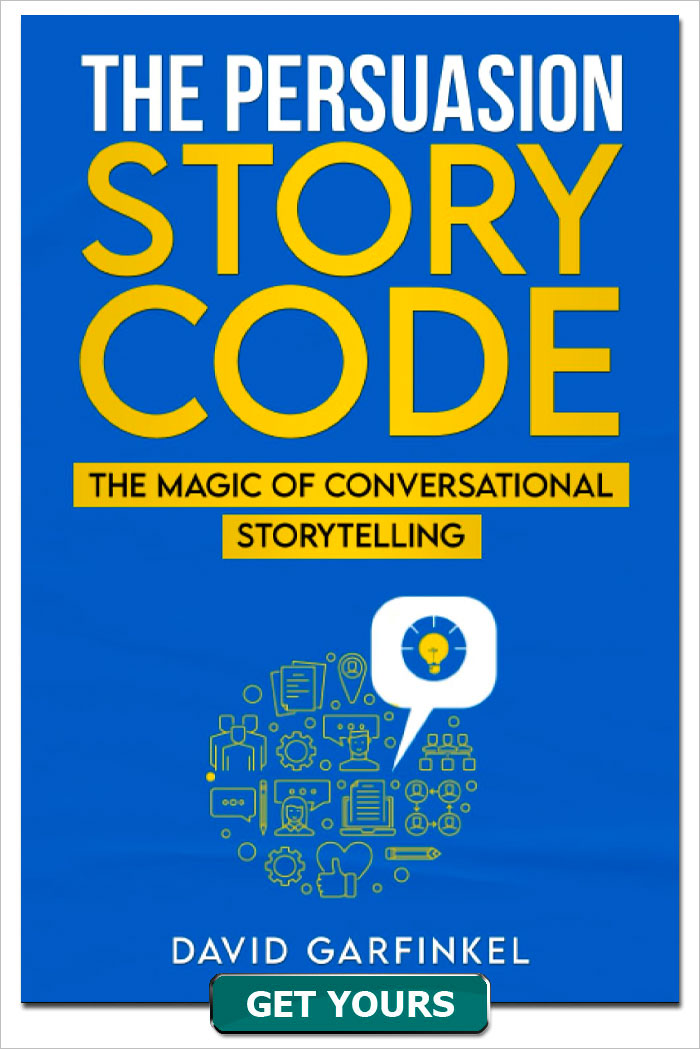Copywriting Mistakes Into Breakthroughs
Published by: David Garfinkel on 07-15-2019
Tweet
From Kenny Werner’s book: Effortless Mastery
It’s for jazz musicians, but one thing he wrote applies very much to brainstorming ideas for copy and marketing campaigns:
In a chapter called “Fear-Based Composing,” he writes,
“The most anxious moment for a composer is starting at a blank piece of paper.”
Before I go on, I’d say, that’s true for copywriters too, isn’t it?
He continues,
“It is much easier to edit material than it is to create from nothing. Putting notes on paper without attachment is a great start.”
I’ll comment here that “without attachment” means, without caring if it’s good or not. Let me continue now,
“Once you have created ‘some stuff,’ you can begin to edit. Through the process of variation, you can create more music or improve upon what you’ve got. However, any sense of attachment to the work prevents you from seeing the possibilities.
“For example, whatever notes you write can be developed by varying the order, the octave, the transposition, and so on. If you do this without any emotional attachment, without the need to create anything worthwhile (the same old trap), you are likely to come up with more attractive sets of notes. Putting some of them together, you can create longer ideas from the embryo of your original random choices.”
OK. Now, I’m going to add a couple of things for copywriting and marketing. My experience and belief is that this works best when you already have a goal in mind: What you want your marketing to do. And when you know who your customer is, and you know a good bit about what you’re selling.
But that said, you can do a lot of really powerful stuff following the idea that I just read to you. I imagine if you’ve never tried anything like this, you might find the whole notion scary, or think that it’s complete bullshit.
But it’s not. It’s proven. And you can find a way to make it work for you. We’ll talk about it today.
First, the big argument - structure and formula versus brainstorming and risking
Second, the importance of minimizing risk
Third, Innovating to solve problems, rather than to express yourself
Fourth, how to get there
Keywords: copywriting, music, freestyling, jam session, mistakes, editing









